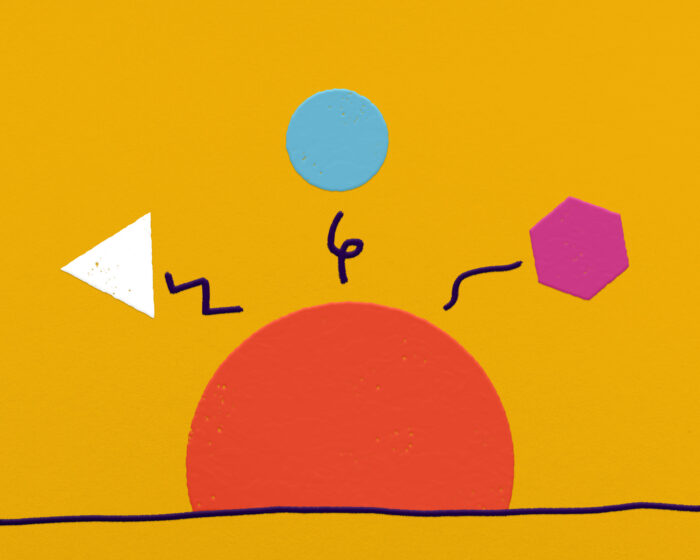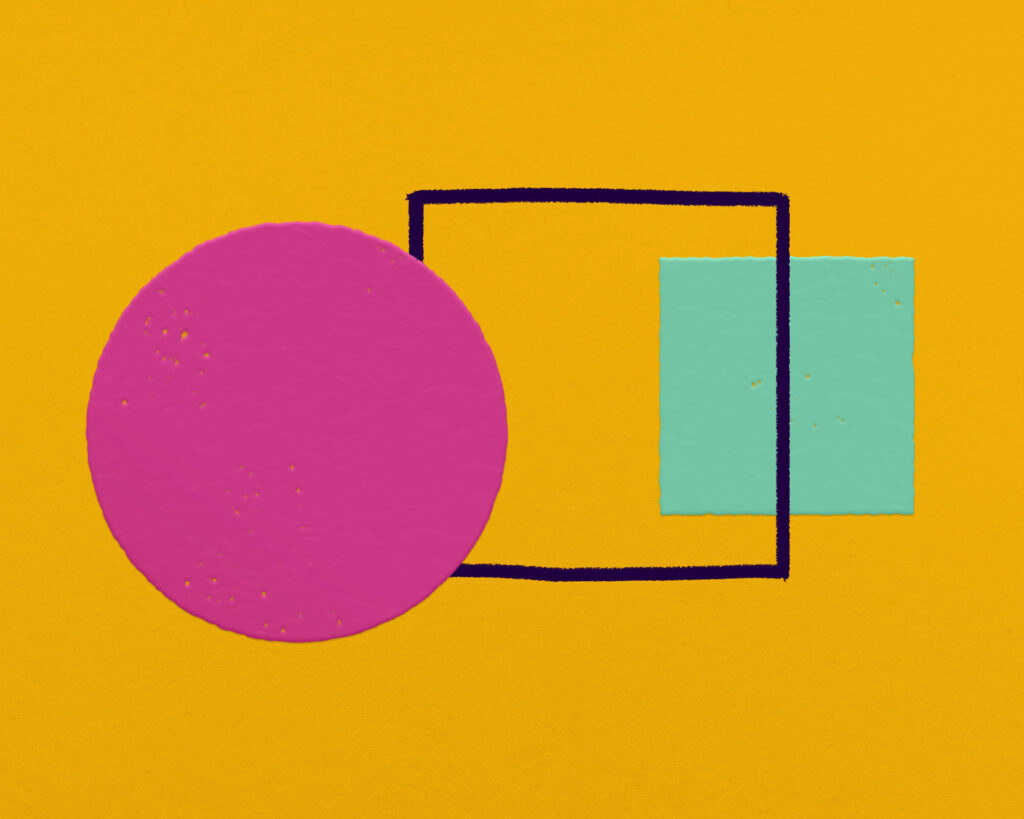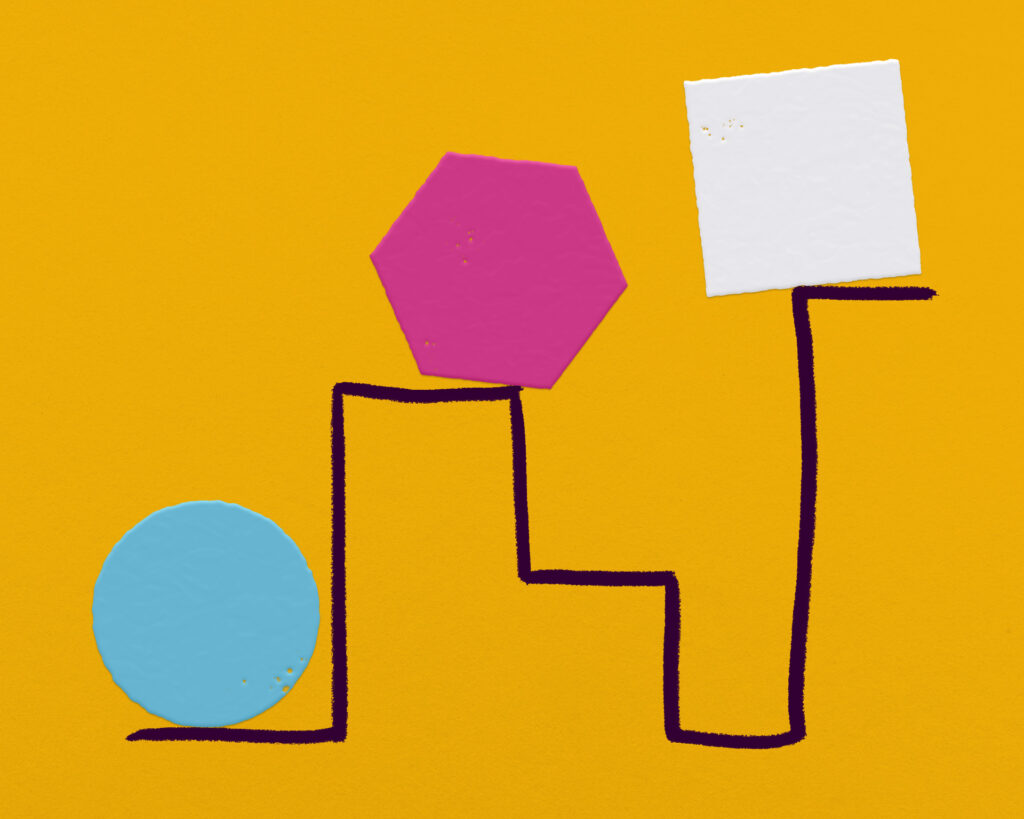The past few challenging years have led to a long overdue call for more empathy, compassion, and humanity, both at work and in our communities. On the other hand, many are feeling burned out—running on empty and feeling like there is, quite simply, nothing more to give.
Every day, we encounter the pain of others. And every day, we face a choice of how to respond: with apathy, sympathy, empathy, or compassion.
A colleague is drowning under an impossible ocean of work. A friend is grappling with a messy divorce. A parent is worrying that their savings won’t be enough to carry them through retirement. A family on the other side of the world is living in a war zone, struggling to survive.
We often use the terms sympathy, empathy, and compassion interchangeably, but they are actually quite distinct from one another, and these distinctions are key to healthy relationships and wellbeing.
- Sympathy is a simple acknowledgment: It conveys, “I’m sorry you’re in pain.” You recognize what the other person is going through, but from a distance. You express your well wishes and your regrets for their situation. You sit across from them, but not beside them.
- While sympathy is separate from the other, empathy is shared: It signals, “I can imagine what your pain feels like.” You consider their experience, either cognitively or emotionally, and join them in their psychological space through perspective taking. Empathy doesn’t require you to have had the exact same experiences as another person—we can have empathy for a child who is scared of a monster under the bed even if we believe there is nothing there; we can have empathy for a cat in pain, even though we know full well that we aren’t that cat (though I must say, I’m sometimes envious of my cat’s life of luxury and would be open to trading for a day.) Empathy can be powerful. Just feeling understood often makes our difficulties easier to bear. Compassion takes it one step further.
- Compassion asks us to take action in the service of another: “You are suffering, and I will do what I can to help.” You ease their burden in whatever way you can, even if it’s as small as running an errand, cooking a meal, or offering a listening ear. Compassion isn’t about rushing in to fix. It’s about offering whatever the other needs, whether that’s holding space, active listening, or choosing to see someone for who they truly are.

So how do we protect ourselves—and our ability to be compassionate—in a world that seems to be asking more and more of us each day? It’s important to recognize that “empathy fatigue” or “compassion fatigue” does not arise from having “too much” compassion or empathy. In fact, when we’re experiencing burnout and feel like we need to reduce empathy or compassion, we often perpetuate burnout rather than reduce it, because we numb our natural tendencies to connect and commune with others.
Instead, it can be helpful to think about how to enhance emotional regulation skills, including self care, setting boundaries, and recognizing what is within our sphere of influence and what isn’t. Remember that in order to maximize our compassion for others and reduce our risk of burnout, we must also show compassion to ourselves. None of us can do everything for everyone. None of us can eliminate pain from the lives of the people we love. But all of us can do something, and accepting our own limitations is integral to a compassionate life.
The beautiful thing about compassion is that it’s a practice we can all develop. One way to become more compassionate is to notice moments in your daily life when you’re inadvertently withholding compassion. It’s easy to get so stuck inside our own heads that we miss opportunities to care for ourselves and others. We move through the world on autopilot, failing to realize the small ways we can contribute: taking on an extra household chore to support an anxious spouse, calling a lonely friend who just moved to a new city. These simple gestures may not feel heroic, but compassion doesn’t require us to be heroes. It just asks us to be aware of what we can do for others while honoring what we must do for ourselves.






 Take the Quiz
Take the Quiz